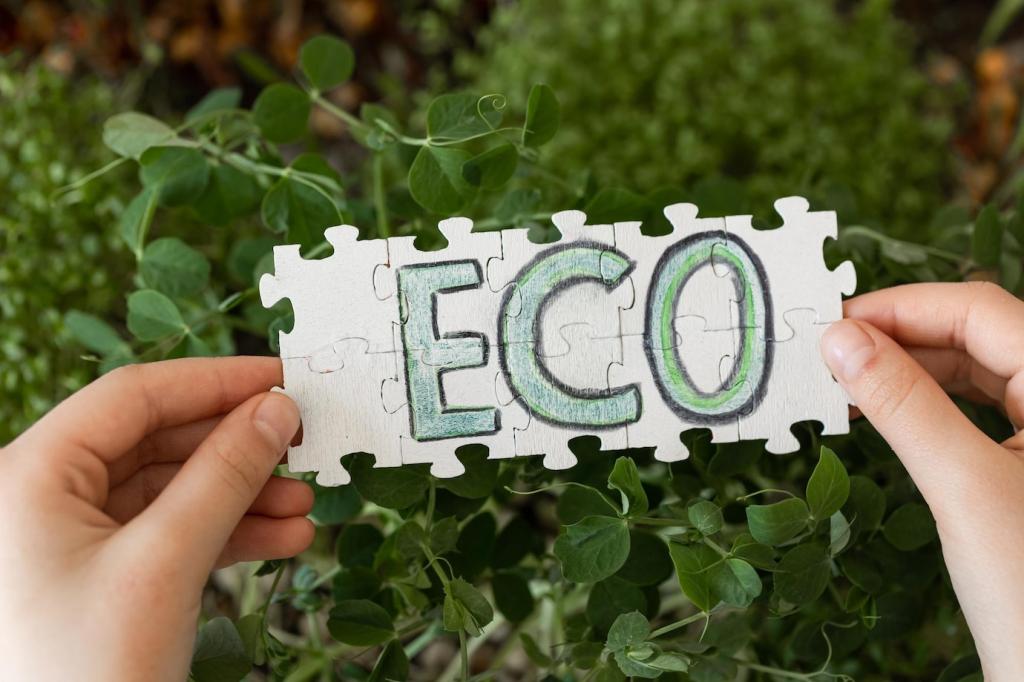Material Choices that Cut Emissions
Opt for certified wood (FSC or PEFC), bamboo, cork, and natural linoleum. These store biogenic carbon and often require less energy to produce. Ask for Environmental Product Declarations and chain-of-custody documents. If a supplier can’t show them, request an alternative and tell us how the conversation goes.
Material Choices that Cut Emissions
High-recycled aluminum, recycled steel, and reclaimed timber dramatically lower embodied carbon compared to virgin material. Reclaimed gym flooring or barn wood adds character and story, not just sustainability. Post a photo of your favorite reclaimed feature and inspire someone planning their next room refresh.




